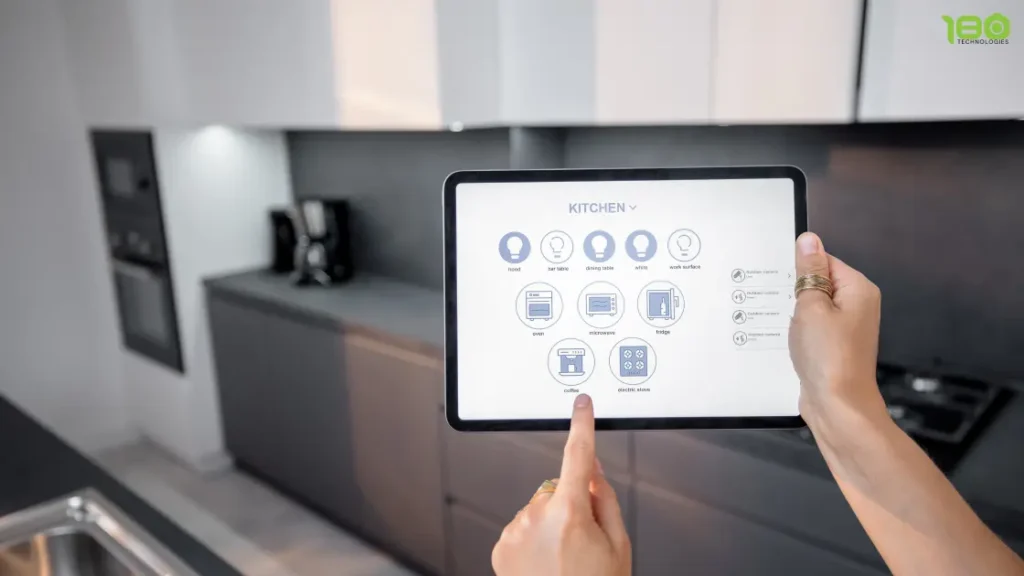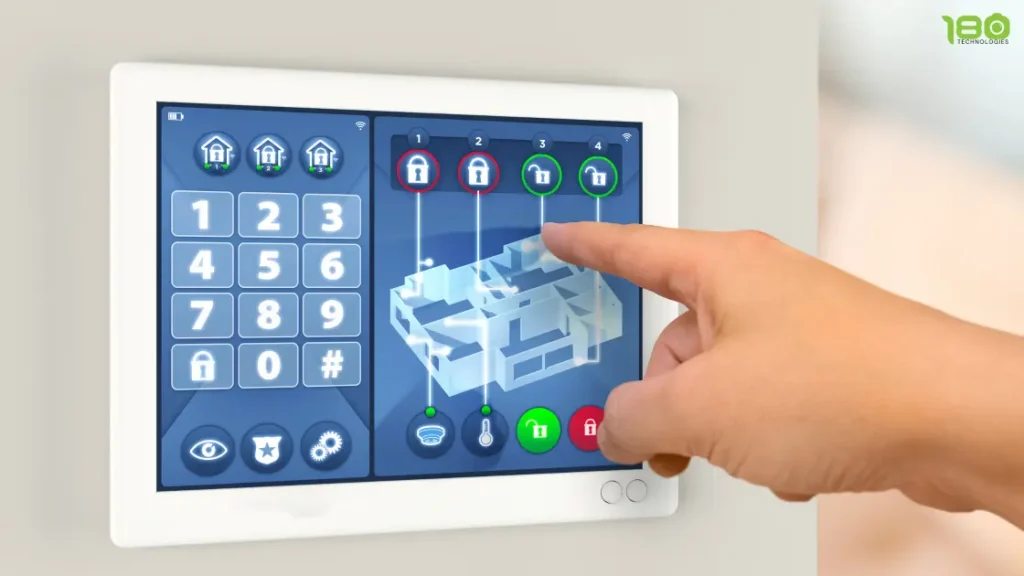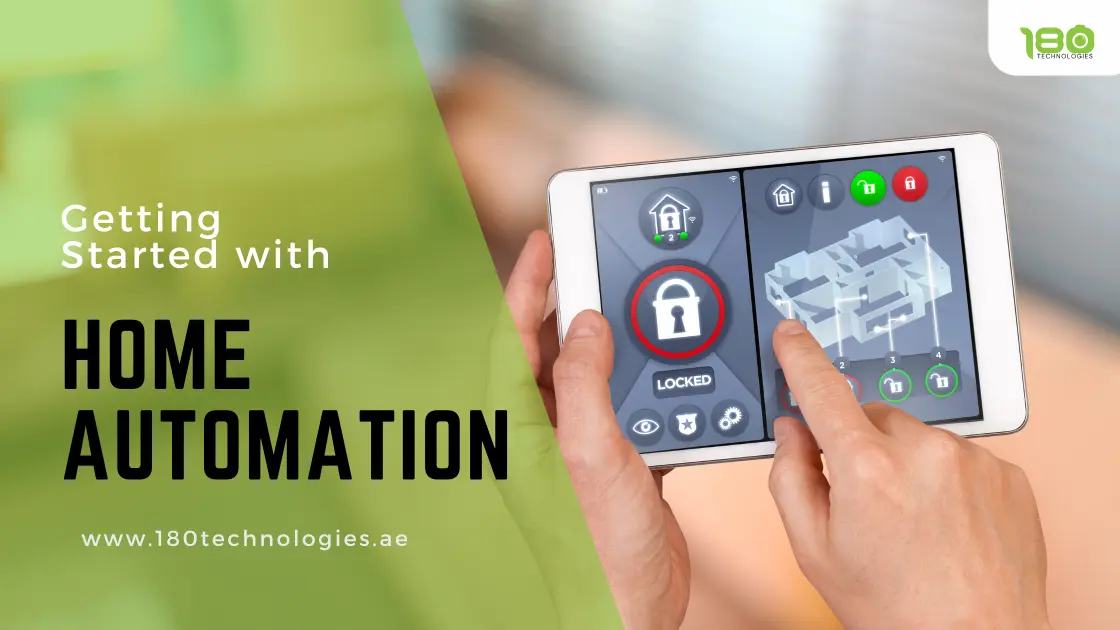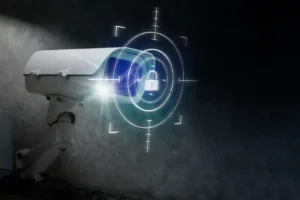Introduction
Simple DIY smart home gadgets are quickly becoming commonplace, so if you’re thinking about dipping your toes into automation and smartening up your pad, you must know the difference between the various home automation system protocols out there.
Smart devices all run on a variety of different protocols. That is sets of rules and standards for communication between electronic devices. Think of them like languages. They won’t be able to connect with one other if one device only speaks ZigBee and the other only speaks Z-Wave.
Although it’s ideal to have devices in your home that all speak the same language, there are a few bilingual goods available. In this post, we’ll go through all of the major consumer-level home automation system protocols and their benefits and drawbacks.

1.X10
The granddaddy of home automation system protocols, X10 has been around since the mid-70s. It started out as a powerline-based system (meaning it’s hard-wired into your walls), but eventually went wireless. It’s not known for great speed or communication between units. If you’re just getting into home automation, we suggest picking up devices compatible with newer wireless standards, as X10 systems are typically more difficult to install in comparison.
2. UPB
Universal Powerline Bus is a powerline-only communication protocol designed to use a higher voltage and put out a stronger signal than x10. The only problem is that, since it’s powerline only, it’s rather expensive and hard to install. Don’t worry about this one – it’s not baked into very many new devices, and there are better options out there.
3. Insteon
Insteon is a home automation protocol designed to bridge the gap between powerline-based and wireless protocols, so it uses both. It’s also compatible with x10 devices, so it’s not a half-bad choice if you’ve got a house filled with X10 stuff already and are looking to transition to wireless.
4. Z-Wave in home automation system
Z-Wave is a wireless home automation protocol that runs on the 908.42MHz frequency band. It’s relatively new in terms of home automation protocols but has grown quite rapidly in the past few years. It now boasts over 1,000 different compatible devices, giving you a wide range of options when it comes to automating your home with home automation system.
Key features of Z-Wave are
- it utilizes a type of network called a “mesh network,” which essentially means that one Z-Wave product will pass the signal along to another until it reaches its intended destination.
- The relay system greatly extends its range.
- It’s also extremely low power, which is ideal for devices that rely on battery power.
5. ZigBee
ZigBee is an 802 wireless communication standard built by the IEEE.

- It’s seen significant growth in the past few years and can be found in a relatively large number of devices.
- It also consumes a very small amount of power.
- It uses a mesh network structure to offer excellent range and speedy communication between devices.
That being said, however, some users have noted that Zigbee devices frequently have difficulty communicating with those made by different manufacturers, so it might not be the best option if you’re looking for seamless interoperability.
6. Wi-Fi
Of course, Wi-Fi is already fairly common, so it’s not surprising that a broad range of manufacturers have begun making smart home devices that work with it. You don’t have to install a hub/access point,all you need is a wireless router for connecting compatible devices.
Drawbacks are
- Interference and bandwidth issues. If your house is already full of Wi-Fi-connected gadgets (TVs, game consoles, speaker docks, laptops, phones, tablets, etc.) then your smart devices will have to compete for bandwidth and will potentially be slower to respond.
- Wi-Fi also consumes a lot of power, so it’s not ideal for battery-based smart devices like doorbells and locks.
7. BLE
BLE is short for Bluetooth Low Energy. There are tons of devices that have this baked into it – everything from bike locks to light bulbs to speaker docks – and it’s sometimes used in home automation, but usually not as the main protocol.
- BLE doesn’t use a lot of power.
- But also has a fairly limited range compared to other networking protocols, so it’s not great for stuff that needs to stay connected all the time like security systems and motion sensors.
Conclusion
we recommend going with either ZigBee or Z-Wave. They’re both fast, wireless, have great range, and come inside of hundreds of different products. If your home is outfitted with an older x10 system, go with Insteon. It’ll allow you to go wireless; and although it doesn’t boast nearly as many compatible devices as Z-Wave or ZigBee, it does have a pretty good selection of products.
180Technologies is the leading distributor and installer of smart home systems in Dubai. Contact us for more details regarding home automation system.






